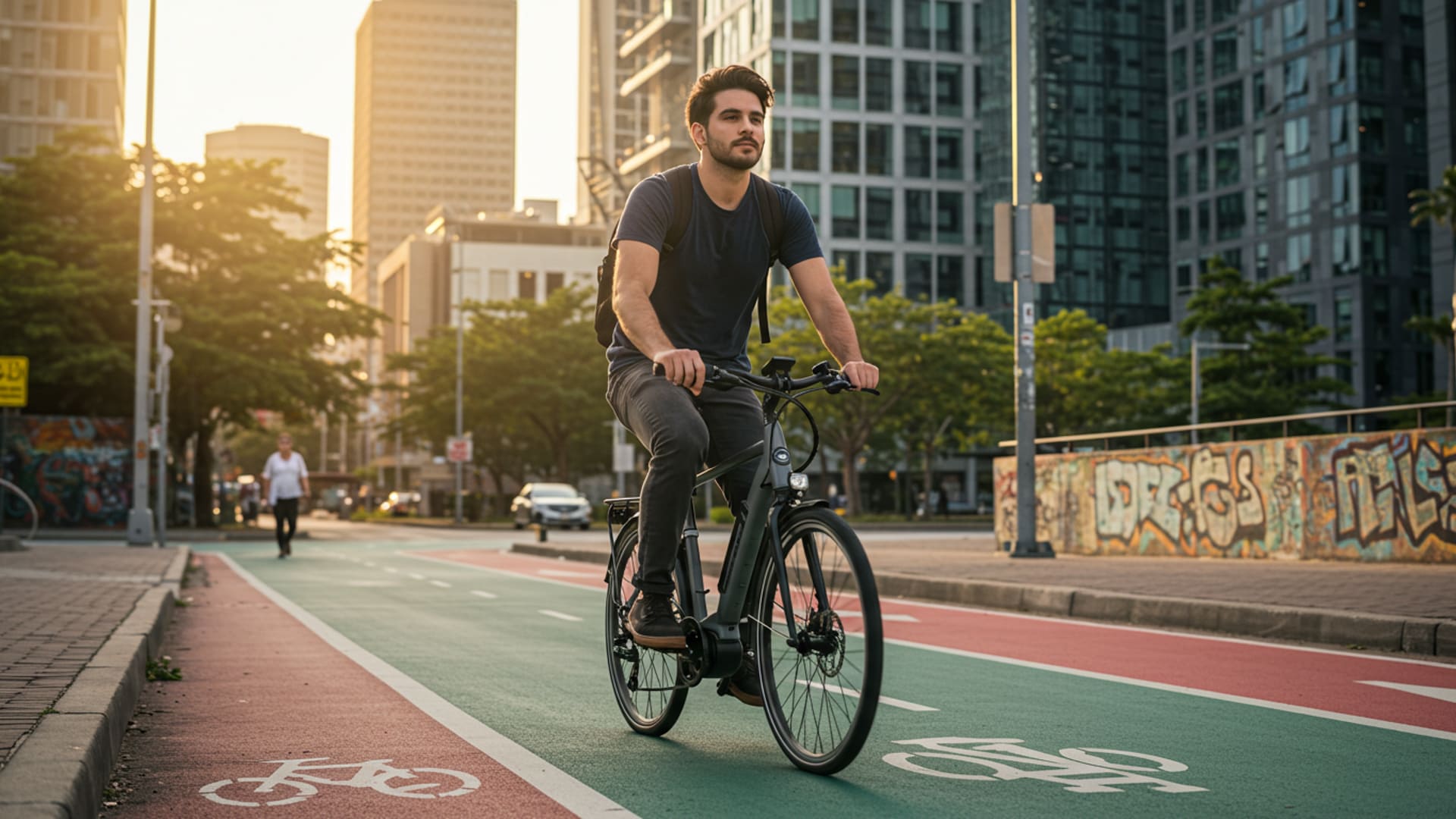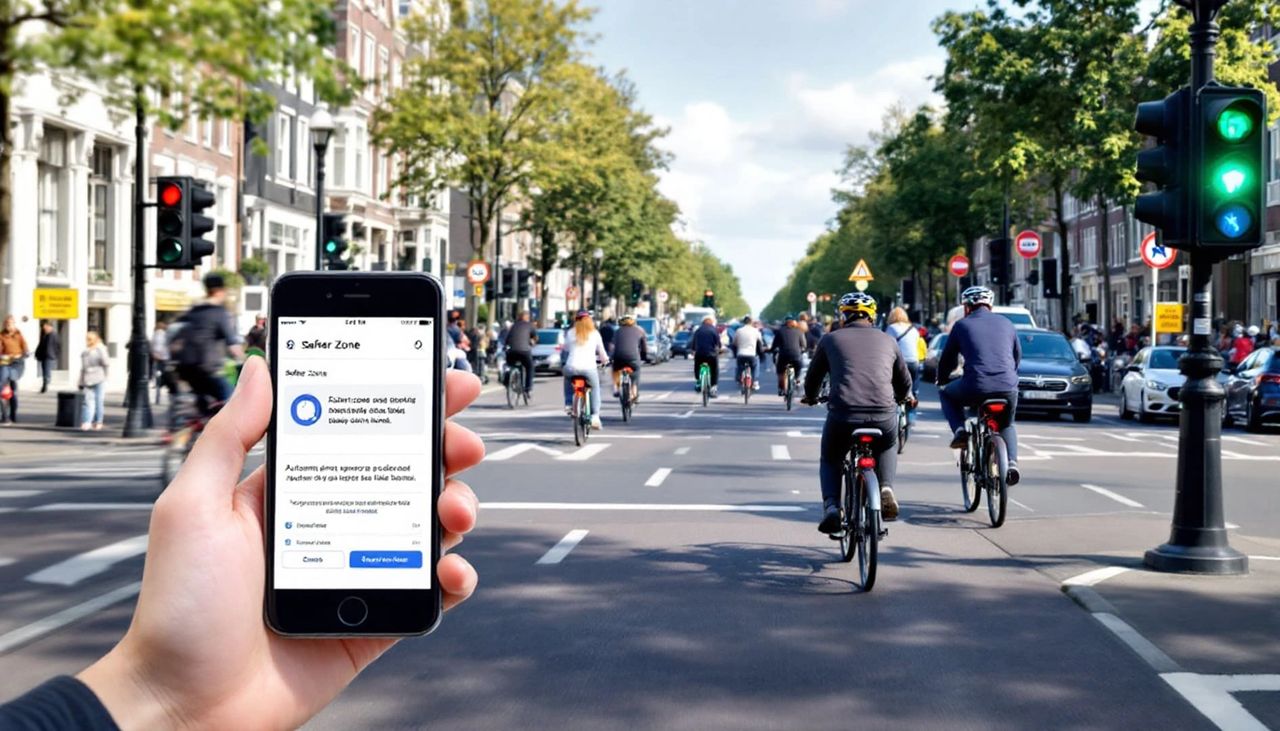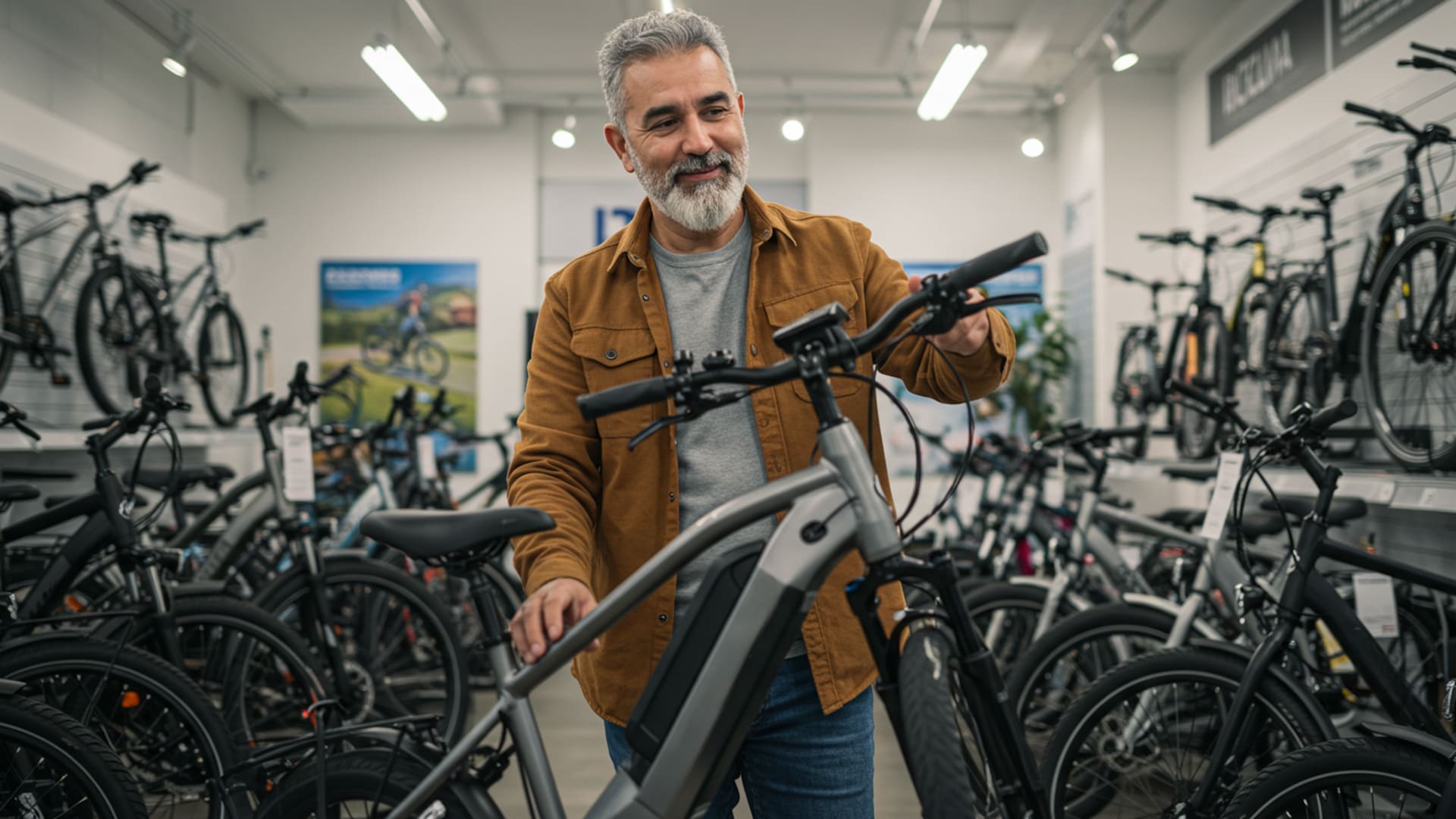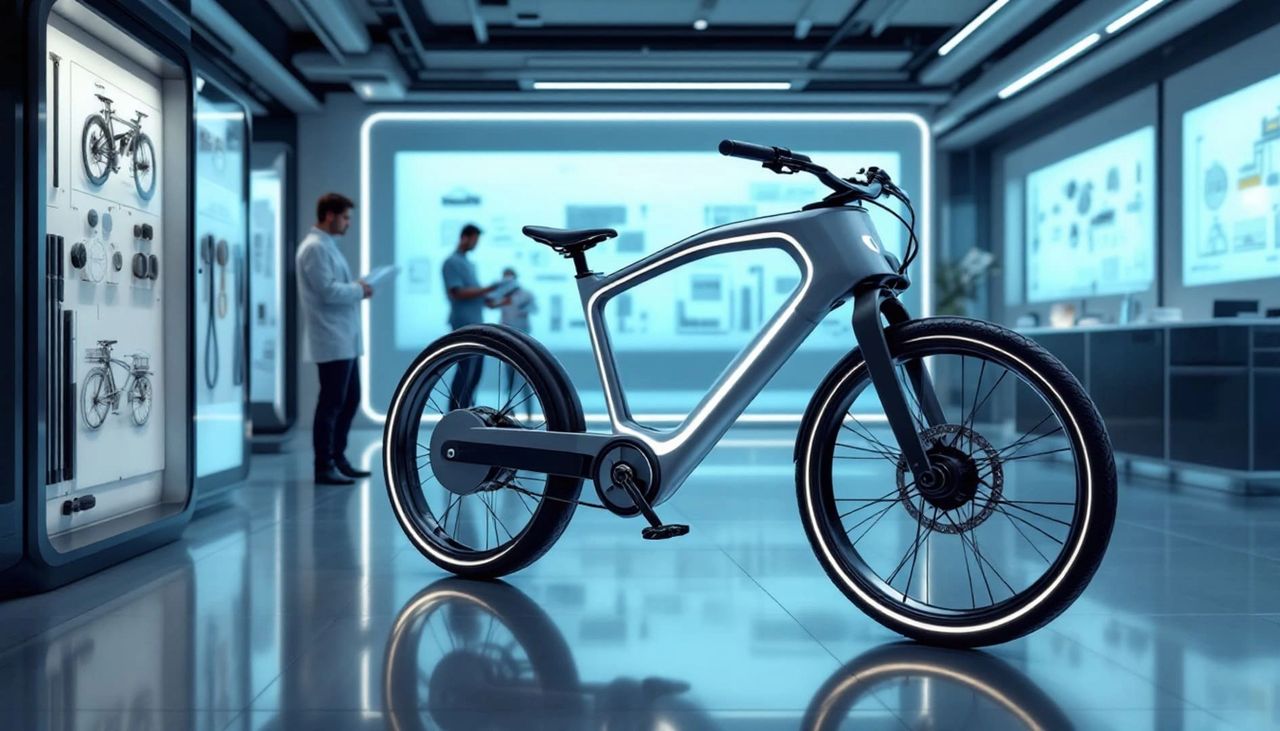As e-bikes become a mainstream mode of transportation, cities around the world are redesigning infrastructure to accommodate this growing trend. From dedicated bike lanes to smart traffic signals, here’s how urban areas are adapting to the future of e-bike travel.
1. Expansion of Protected Bike Lanes
Many cities are investing in protected bike lanes, which separate e-bike riders from cars and pedestrians. These dedicated lanes reduce accidents and improve traffic flow.
🚲 Example:
- New York City has expanded its bike lane network by 400 miles in the past decade.
- Copenhagen has one of the world’s best cycling infrastructures, with fully separated lanes.
2. E-Bike Charging Stations
With more e-bikes on the road, cities are installing charging stations in key areas like parks, transit hubs, and office districts.
🚲 Example:
- Amsterdam now has public e-bike charging stations throughout the city.
- Portland, Oregon is piloting a solar-powered bike charging program.
3. Smart Traffic Signals for Cyclists
To improve traffic efficiency and safety, cities are introducing smart signals that detect cyclists and adjust traffic lights accordingly.
🚲 Example:
- Oslo, Norway has sensors that extend green lights when a bike approaches.
- San Francisco has bike-only signals at major intersections.
4. Subsidies & Incentives for E-Bike Adoption
Many governments are offering financial incentives to encourage people to switch to e-bikes. These include:
✅ Tax credits for purchasing e-bikes
✅ Rebates on battery-powered models
✅ E-bike rental programs for low-income residents
🚲 Example:
- France offers up to €4,000 in subsidies for people replacing their car with an e-bike.
- Denver, Colorado launched an e-bike rebate program that sold out in hours!
5. Bike-Only Streets and Car-Free Zones
Some cities are going even further by restricting cars in certain areas, giving priority to bikes and pedestrians.
🚲 Example:
- Barcelona has expanded its “superblocks,” where cars are banned from certain neighborhoods.
- Paris is transforming major streets into bike-friendly boulevards.
Final Thoughts
As cities invest in e-bike-friendly infrastructure, commuting will become safer, faster, and more convenient. Whether through bike lanes, smart signals, or charging hubs, urban planners are recognizing that e-bikes are here to stay—and they’re shaping the future of city transportation.








Leave a Reply